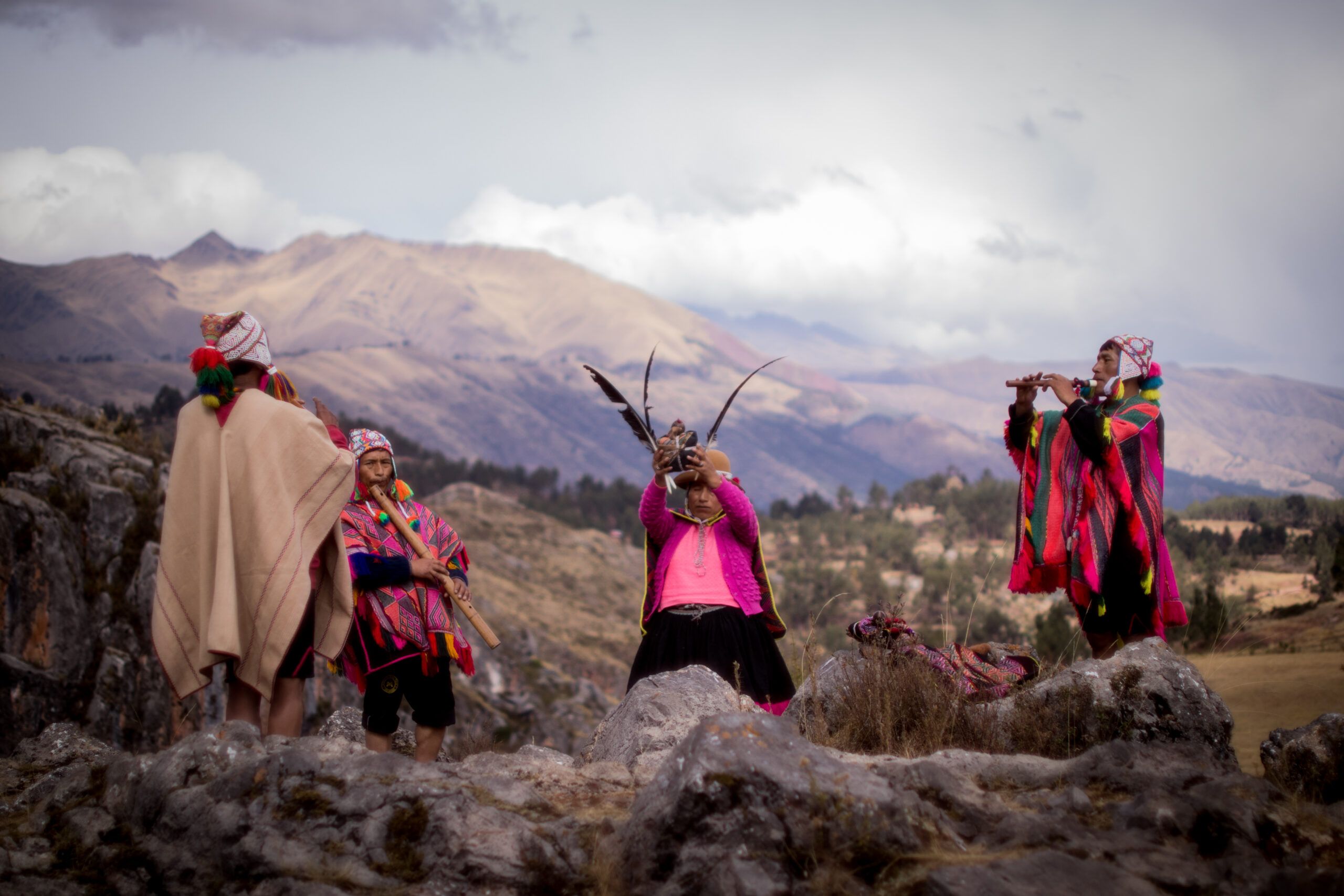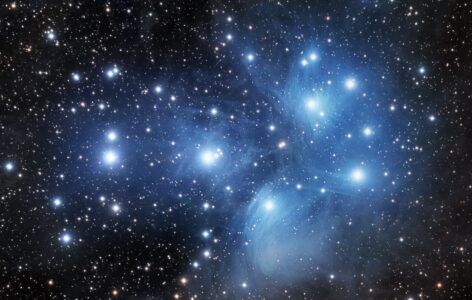Welcome to the third part of the description of the elements of the inca altar of the Qoricancha! A representation of the Andean cosmovision. It shows us the hierarchies of the Andean criteria; the reasons for correspondence and equality, a symbol that is still being studied.
If you haven’t seen Part 1 or Part 2 yet, we remind you to read them first and then come back here.
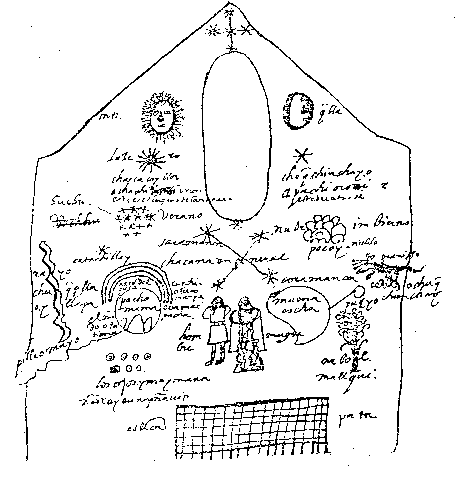
Symbols Description
The Lightning
Below the Pleiades was ‘Chuqui Illapa’ or the Lightning.
They considered lightning to be the shepherd of the sun’s flocks, directing them with its great whip when they grazed in their fields in the Milky Way.
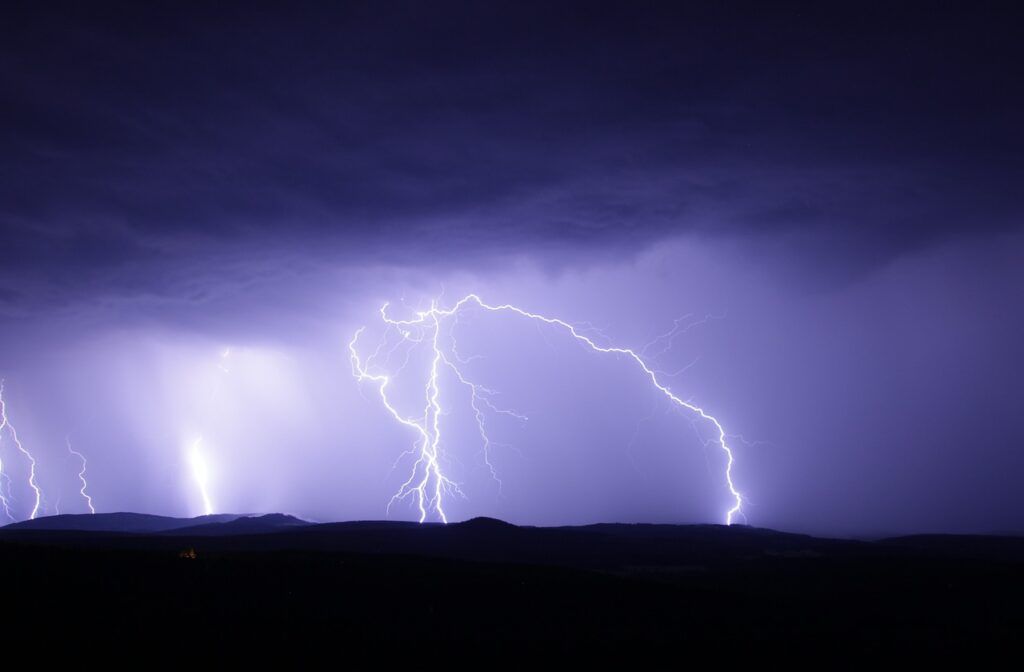
Lightning announces the arrival of storms and precedes the rains. But sometimes it comes on sunny days; on these days, people say it chooses its priests who will serve it.
Lightning is an important deity and is attributed three identities:
- The light, called ‘illapa‘
- The sound, known as ‘Ccunno Illapa‘
- The zigzagging flash ‘Inti Illapa‘.
It served to warn humans that these thunderous events came from the sky, to reward or punish them. There are significant accounts of Andean cities burned by lightning strikes.
Clouds
The clouds known as “Pocoy,” were also revered deities.
They imagined the clouds as elderly women who weave wool to clothe the Moon, and when they take woven fabrics to be washed and tend to them at the peaks of the hills, it surely means it will rain.
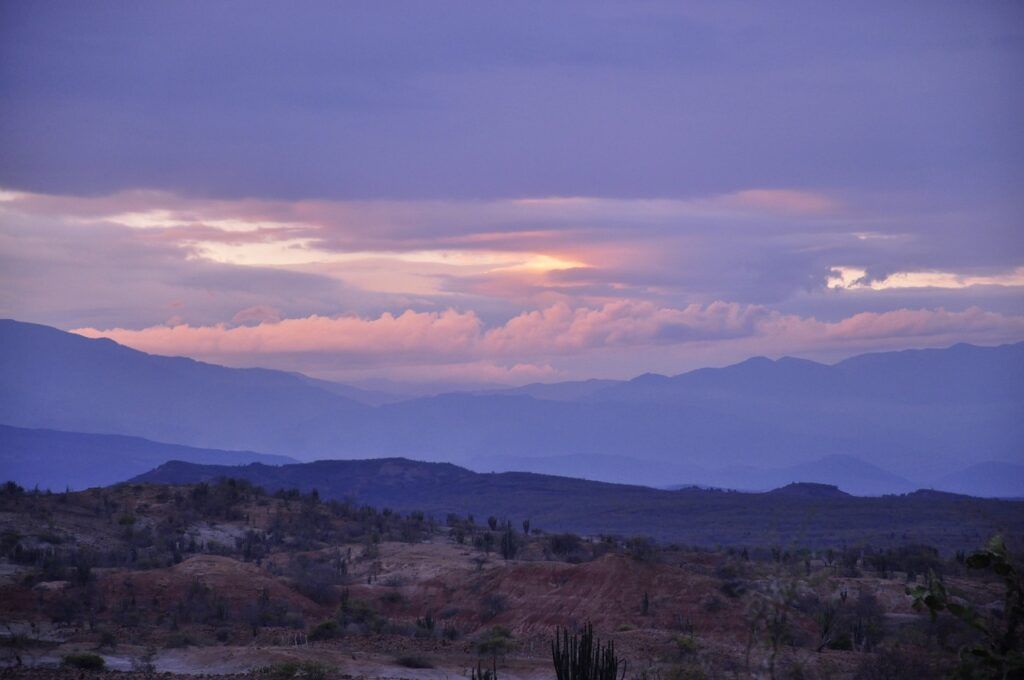
The Incas had techniques to aggregate clouds and produce artificial rain through burning plants and mineral powders.
They also believed that clouds were the tears of the moon that gathered in large quantities when they argued with the sun. Clouds ward off frost and protect fields from snow and frost.
Clouds are also communicative vessels between the earth and the sky.
Andeans, originating from a pacarina, whether a spring or river, fulfill the water cycle and believe they transform their bodies into water, vapor, clouds, and dew.
Rainbow
People widely worshipped the rainbow or “Cuichi” as a celestial signal heralding good tidings.
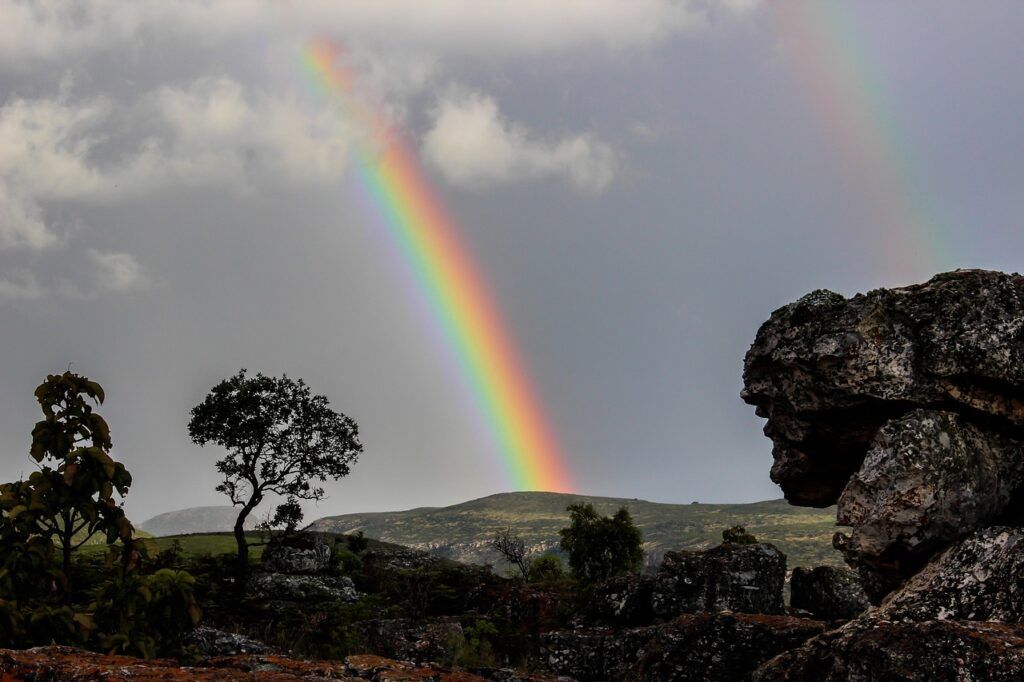
If two rainbows appeared, it symbolized a significant event (such as the birth of a royal infant or the conclusion of a military campaign).
During times when three rainbows foretold a string of calamities, people made offerings to the rainbow, such as bright flowers, dyed yarns, and exotic soils.
They sheltered young children to ward off the evil eye, and adorned their doors with crimson cloths. The Cuichi adorned the shields of almost all Inca royalty.
Manco Capac‘s shield depicted Cerro Huanacauri with the Qosqo founder shining like the sun itself, flanked by two rainbows above and below his figure.
We have completed the description of the celestial vault, which contains all celestial bodies, known as the Hanaq Pacha or world above, including the elements of fire and air.
References
- Candia M, C; Del Solar, M y Iwaki O, R. (1994). Altar Inka del Ccorik’ancha. Cuadernos Andinos Nº10.
- Estermann, J. (1998) Filosofía Andina. Un estudio intercultural de la sabiduría autóctona andina. Biblioteca Seminario San Antonio Abad, Cusco.

